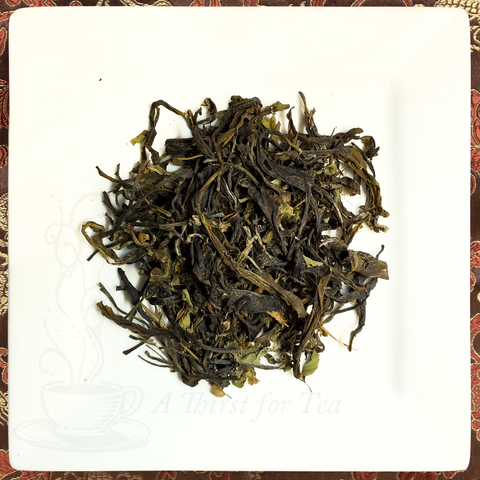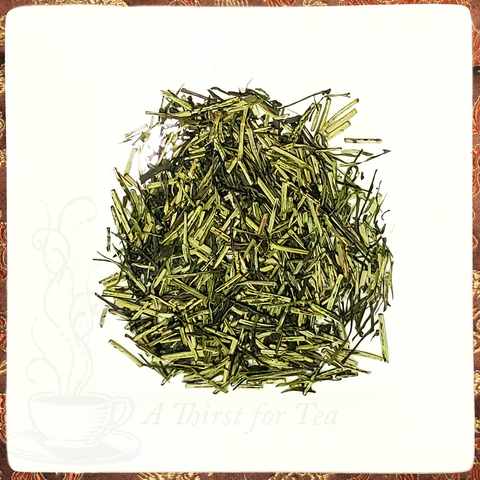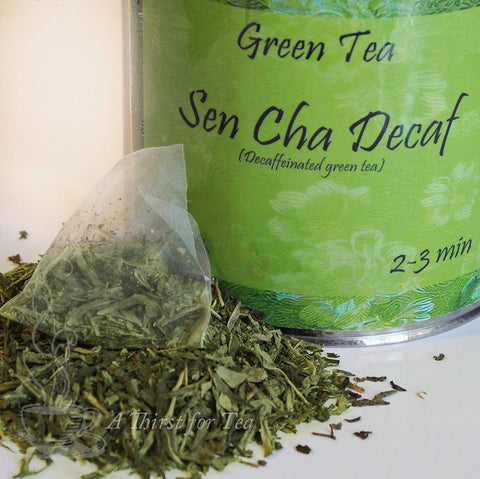Our Zhu Ye Qing is completely handmade, and the dry leaves were slightly flattened from the pressure of the tea master’s hand as he dries the tea in a hot wok. The tea was picked in early March when the first leaf was just beginning to open from the bud, resulting in a very high nutritional content. The aroma is refreshing, like walking through a bamboo forest in the morning. Zhu Ye Qing is appreciated for its rich, slightly vegetal flavor and its complete lack of bitterness.
Ingredients: Artisan organic green tea
Origin: Er’Mei, Sichuan Province, China
Sichuan province has a long history of tea production and two of Sichuan’s mountains (Meng Ding Shan and E Mei Shan) are known to produce some of the best green tea. Zhu Ye Qing(Bamboo Leaf Green Tea) originated on E Mei Shan, at a temple called Wang Nian Si. In 1964, a visiting general named Chen Yi was served some of this tea. He enjoyed it so much that he asked the name of the tea. The monks told him it had not been named yet, and asked him to name the tea. He looked at the bright green tea leaves floating straight up in the water and thought they looked like fresh bamboo leaves. He named the tea Zhu Ye Qing (Bamboo Leaf Green). Today much of the Zhu Ye Qing is produced on nearby Meng Ding Shan, where the climate is better and there is more space for growing tea.
Brewing Instructions
Water Temperature: 165-175 degrees
Water Quality: Best with Spring Water
Amount of Leaf (per 6 fl oz water): 1 rounded tsp. (2.5-3 grams)
Steep Time: 2-3 minutes
Number of Infusions: 3
Green tea may be prepared in a standard teapot, or in your favorite mug or lidded gaiwan. For best results, we recommend that you pre-warm your vessel, and place 2.5 - 3 grams of leaf per 6 oz of liquid, before infusing with 165-175 degree water for up to 2-3 minutes. All green teas can be infused at least three times. Increase the time and temperature slightly with each subsequent infusion. Experimenting with your own temperatures and steeping times is encouraged. Cooler temperatures and shorter times yield more mellow, fruity elements, while hotter water and longer times produce more floral and full-bodied complexities. Always use the best-tasting water you can find, and adjust steeping times, quantity of leaves, and water temperature to your personal preferences.
We highly recommend brewing your tea in a teapot or mug with a removable infuser so that you can remove the leaves at the end of the steeping time. Whole leaf teas of this quality need room to unfurl and expand in the water in order to perform their "magic." If you don't have a removable infuser, you can brew the loose leaves directly in the pot. At the end of the steeping time, pour all of the tea into a warm serving pitcher or pot.













































